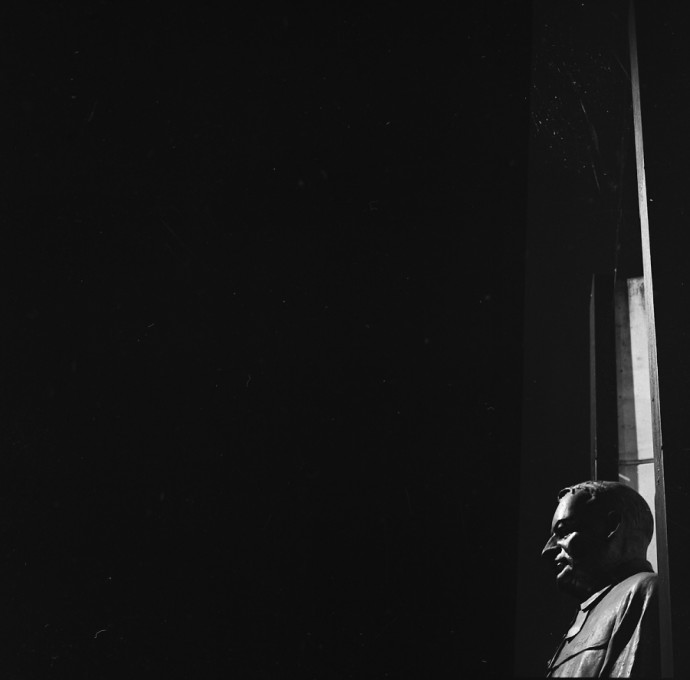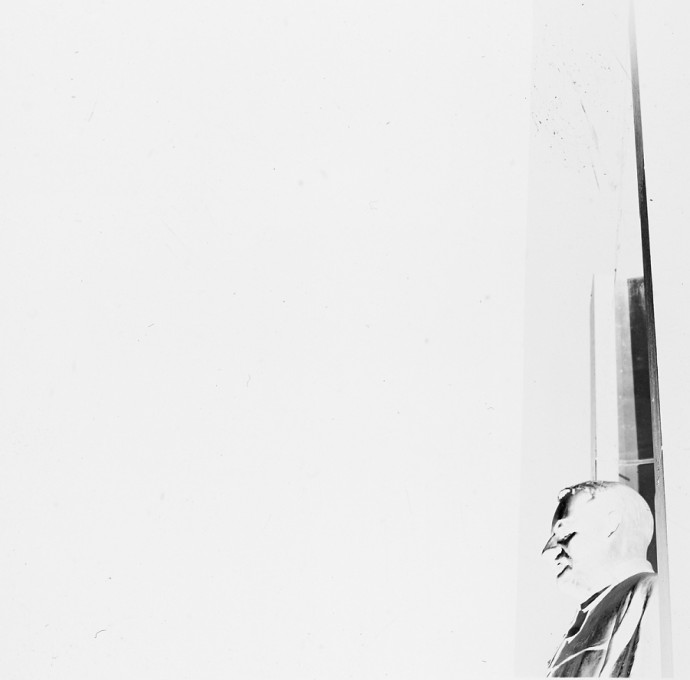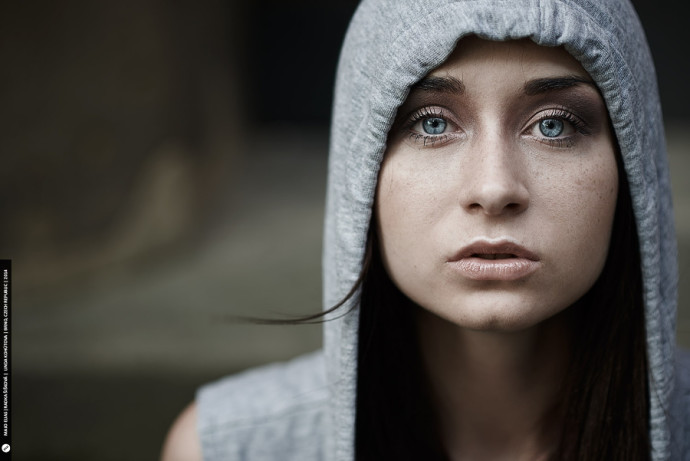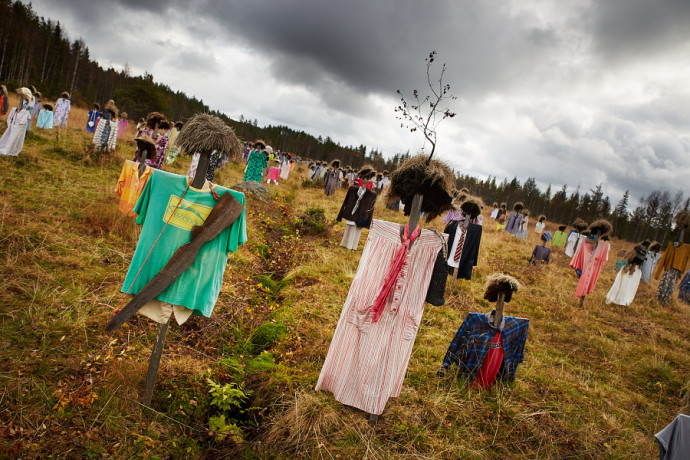An Eye on Composition—Part II

Composition is fundamental for a photo’s quality. So never underestimate it. Try to always keep it in mind and be aware of what aspects you can improve in your photos’ composition. You can get some great composition by concentrating on contrast, stepping in for a shot, or sometimes even going for a center composition. Read today’s article for several intriguing tips on getting a better, more original composition.
In a recent article on composition, we introduced general concepts such as the golden crop. In today’s article, we’ll be looking at other situations and at compositions that you don’t see as often as those from the previous article, but that can still be useful sometimes.
Contrast
Ever tried thinking about how colors fit together and supplement each other? They can and they do, so try combining different colors. That will give you some interesting color (or sometimes B&W) photographs.
There’s one simple trick that you can use to check whether or not everything will look right in terms of contrast, and that’s to use a Negative effect on your photo. You can find this in Zoner Photo Studio in the Editor’s “Effects” menu, under “Negative.”


Come Closer
Famous New York photographer Antonin Kratochvil once said: “Got bad photos? Then move in closer!” And we can’t help but agree.
If you want to capture real emotions or deliver the most authentic reportage photos, forget “long lenses”—that is, telephoto lenses. Take a 50mm or better yet a 35mm lens and move in closer. That will put more into each of your photos—more detail, more emotions, more information.

Center the Dominant Eye
And now let’s take a look at portrait photography and disrupt the golden-crop compositional rule a little. We’ll do that by putting one eye in the middle. We’ll do that to the dominant eye…
This little trick will give you much more intriguing portraits. However, it won’t really work without the trick above it. So move in closer.

Photographing Groups
“Photographing groups” don’t have to automatically mean photographing groups of people. It can involve any set of subjects with a distinct shared element that is constantly repeated.
Try finding something that’s a little bit different in elements like these, and emphasizing that something, or better yet making it the dominant feature. Then compose the other repeating elements into your space.
Your subjects here may be anything from a herd of cattle to a rowhouse to a military base to the uniformed soldiers within it. The photographic opportunities are endless.

Symmetry
It’s important to know when symmetry—that is, center composition—is a good idea.
It’s mainly useful when there are identical elements in a photograph that cause it to be symmetrically divided into two nearly identical halves. If two halves like this don’t form naturally, then avoid center composition and stick to the golden crop; it never hurts.

Respect Composition—It’s Important
Composition is the very foundation of photography. If you are just getting started and you really want to improve, then remember that composition is much more important than technical quality or your understanding of the technical side of things—that is, camera settings.
So think about your photos and think before each press of the trigger. Unless you do, your photos will never improve.

Mariusz
Above advised: “Take a 50mm or even better a 35mm lens and get closer. This will bring more to each of your photos – more detail, more emotion, more information.”
I disagree with this position. It is no accident that 75- 105mm lenses are referred to as portrait lenses and were developed as such. The manual SMC 85mm/1.8 is one of the best, as it preserves the dynamics of space, while capturing exactly the same thing as a 35mm or 50mm lens from a greater distance. It does, however, have the ability to make a very plastic, delicate drawing, a beautiful bokeh, but with a slight reduction of the aperture it will give a vein in a male portrait, as much as with an elegant blurring of the background and without the magnification of the model’s nose at close-up that a 35mm lens requires.
The rest of the advice I fully agree with.
Translated with http://www.DeepL.com/Translator (free version)